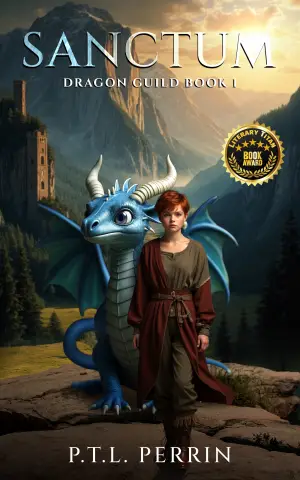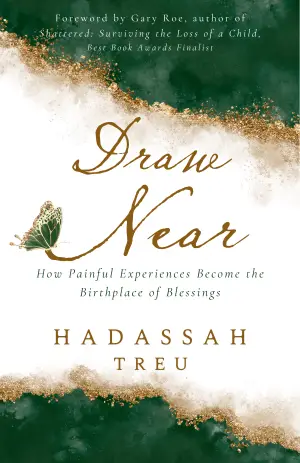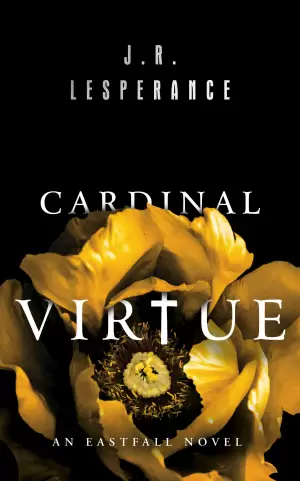Unraveling the Tapestry of Fear: A Review of The Crucible
As a long-time admirer of Arthur Miller, I was drawn to The Crucible: A Play in Four Acts not just for its historical relevance but for the emotional currents that pulse through its dialogues and scenes. The play, set against the harrowing backdrop of the Salem witch trials, offers a profound reflection on human nature and the dangerous allure of mass hysteria. It’s a tale that feels alarmingly relevant, especially as we navigate the convoluted waters of today’s society.
From the moment the curtain rises, Miller introduces us to the intricate world of Salem, a Puritan village steeped in theocracy and unyielding moral rigidity. The tension is palpable, especially when young Abigail Williams, driven by fear and desire, accuses Elizabeth Proctor of witchcraft. This act of desperation not only sets off a tragic chain reaction but also lays bare the community’s buried secrets and prejudices. I found myself grappling with the moral complexities of each character, particularly John Proctor, whose internal struggles and quest for redemption resonate deeply in our own lives.
Miller’s writing style is strikingly vivid, balancing poetic resonance with raw authenticity. The dialogue captures the dialect of the time while remaining incredibly relatable. For instance, Proctor’s lamentation, “I have sinned,” cuts through the air like a dagger of truth, revealing the weight of guilt that many of us carry. The way Miller develops each character—flawed yet human—allows readers to empathize even with those who partake in the cruelest acts.
The pacing of the play is something I appreciated as well. Miller methodically builds tension, culminating in a fevered pitch of chaos. Each act pulls the audience deeper into a whirlwind of accusations, fear, and moral dilemmas. The scene where the characters witness “the bird” stands out to me; it encapsulates the psychological manipulation that asserts its grip on an entire community, transforming personal grievances into public spectacles of fear and violence.
What struck me most profoundly was Miller’s commentary on the parallels between the Salem witch trials and the anti-communist hysteria of the 1950s. His reflection, “Political opposition… is equated with moral right, and opposition to it with diabolical malevolence,” resonates powerfully in our own era of polarized beliefs and societal scapegoating. It invites a deep contemplation on how history often rhymes, reinforcing humanity’s tendency to repeat mistakes when enveloped in fear.
The Crucible is a modern classic that transcends its time. It speaks to anyone who has ever felt the chilling effects of social pressures or the weight of moral conscience. I believe this play is essential reading for students, history enthusiasts, and anyone drawn to timeless tales about human nature in the face of adversity.
For weeks after reading it, I found myself reflecting on its themes of integrity and fear, questioning the narratives we often accept without critique. Miller has woven a chilling tapestry of human emotion and societal dynamics, making The Crucible not just a play to read, but a vital experience to engage with. If you haven’t picked it up yet, do yourself a favor—it may just challenge everything you think you know about humanity.






